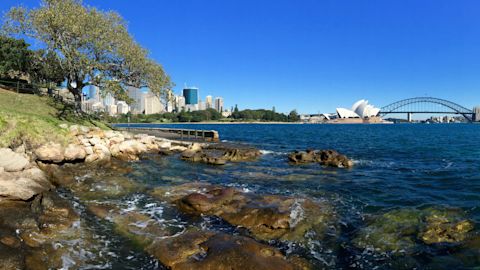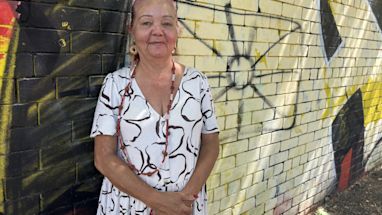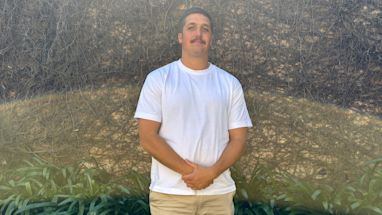A curated approach to storytelling
A series of interconnected stories and artworks will soon enliven Yananurala, the 9km Sydney harbour foreshore walk, from Tumbalong Park, Darling Harbour to Woolloomooloo.
The City of Sydney engaged Aboriginal curator Emily McDaniel to provide recommendations for a storytelling Harbour Walk.
The storytelling report recommendeded ways to present the Harbour Walk as an Acknowledgement of Country. It aspires to weave a story about strength, survival and continuity.
Embedded content: https://cityofsydney.wistia.com/medias/ldy15oqaqx
A name that embodies Aboriginal significance
Yananurala is a Gadigal name for the harbour walk that recognises the significant relationship First Nations peoples have with the harbour foreshore: a recognition that to date has been hard to see.
The walk features sites of historical and cultural significance, and the relationships between them. These sitelines allow an intimate insight into the harbour’s cultural landscape as people walk from one major site to another.
Framing siteline relationships along the walk
Yananurala features sites of historical and cultural significance, and the relationships between them. These sitelines allow an intimate insight into the harbour’s cultural landscape as people walk from one major site to another.
Embedded content: https://cityofsydney.wistia.com/medias/621whegeme
Installations respond to harbour’s hidden histories
Emily McDaniel’s curatorial vision includes a series of installations that respond to the intimate, hidden histories of the harbour at specific locations. 12 priority locations have been selected as a starting point to convey the depth of living memory within Country. These include Pirrama, Cockle Bay, Barangaroo and Ta-ra (Dawes Point).

A greater awareness and respect for badu
For First Nations peoples, the concept of Country includes badu (water). Access to water is integral to cultural practices, and spiritual and physical wellbeing.
Water encapsulates an identity, with many communities referring to themselves as freshwater or saltwater peoples.
An environmental project with universities, marine institutes and artists is recommended to bring this connection with water into the everyday.
Major public artworks recognise living memories
Major works of art have been suggested at key sites to convey cultural connections to the harbour and stories of national significance.
These sites include Pirrama, adjacent to the Australian National Maritime Museum, The Hungry Mile at Barangaroo and Ta-ra (Dawes Point) - the site where Patyegarang gifted the Sydney language to William Dawes. The site of the Government Boatshed at Circular Quay and the enduring presence of Aboriginal and Torres Strait Islander peoples living in Woolloomooloo testify to the historic and contemporary stories of Sydney.

Supported by Eora Journey curatorial advisor Hetti Perkins, with guidance from the City’s Aboriginal and Torres Strait Islander Advisory Panel. Yananurala is part of the City’s Eora Journey to recognise Indigenous peoples in the public domain.
The City will work with Indigenous communities, Place Management NSW and other government agencies, the Metropolitan Local Aboriginal Land Council, cultural institutions and other partners to produce the project.
Published 4 December 2019, updated 23 September 2021



